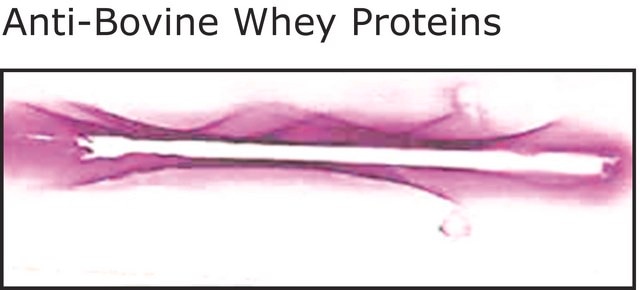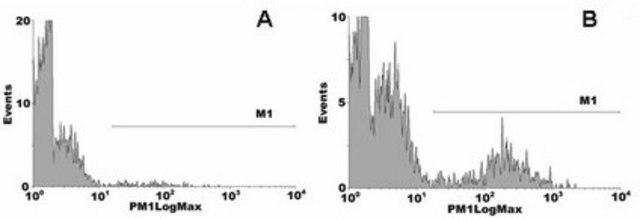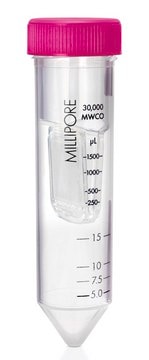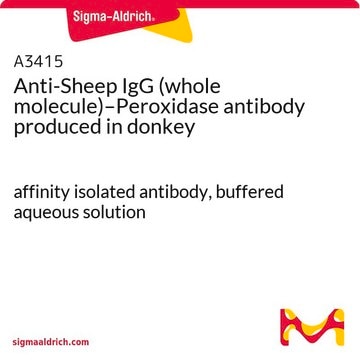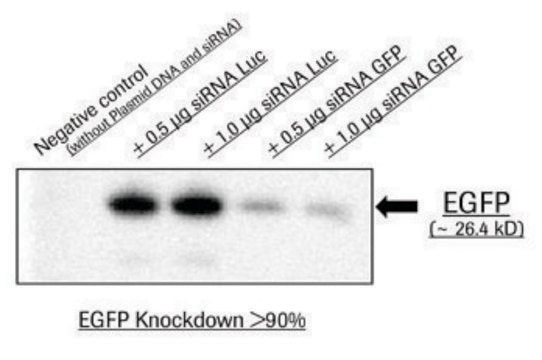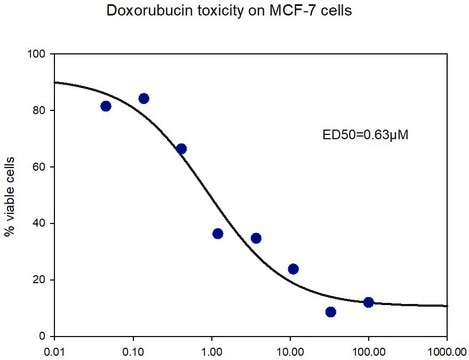16-256
Anti-Phosphatidylserine Antibody, clone 1H6, Alexa Fluor™ 488
clone 1H6, Upstate®, from mouse
Synonym(s):
488-Alexa Fluor Antibody, Alexa Fluor 488 Detection, Clone 1H6 Anti-Phosphatidylserine
About This Item
Recommended Products
biological source
mouse
Quality Level
conjugate
ALEXA FLUOR™ 488
antibody form
purified immunoglobulin
antibody product type
primary antibodies
clone
1H6, monoclonal
species reactivity
vertebrates
manufacturer/tradename
Upstate®
technique(s)
flow cytometry: suitable
isotype
IgG
shipped in
wet ice
target post-translational modification
phosphorylation (pSer)
Related Categories
General description
Anti-Phosphatidylserine may be used to detect translocation of the membrane phospholipid phosphatidylserine (PS) from the inner to the outer cell membrane leaflet; it provides an alternative to Annexin V for quantitation of apoptosis.
Specificity
Immunogen
Application
Apoptosis & Cancer
Apoptosis - Additional
Quality
Apoptosis Assay: Time course for induction of apoptosis in Jurkat cells by staurosporine, measured using either an Anti-Phosphatidylserine, clone 1H6, Alexa Fluor™ 488 conjugate or an Annexin V FITC conjugate.
Physical form
Storage and Stability
Analysis Note
Negative Control: Catalog # 16-240, Normal Mouse IgG, Alexa Fluor™ 488-conjugate.
Other Notes
Legal Information
Disclaimer
Unless otherwise stated in our catalog or other company documentation accompanying the product(s), our products are intended for research use only and are not to be used for any other purpose, which includes but is not limited to, unauthorized commercial uses, in vitro diagnostic uses, ex vivo or in vivo therapeutic uses or any type of consumption or application to humans or animals.
Not finding the right product?
Try our Product Selector Tool.
wgk_germany
WGK 2
flash_point_f
Not applicable
flash_point_c
Not applicable
Certificates of Analysis (COA)
Search for Certificates of Analysis (COA) by entering the products Lot/Batch Number. Lot and Batch Numbers can be found on a product’s label following the words ‘Lot’ or ‘Batch’.
Already Own This Product?
Find documentation for the products that you have recently purchased in the Document Library.
Our team of scientists has experience in all areas of research including Life Science, Material Science, Chemical Synthesis, Chromatography, Analytical and many others.
Contact Technical Service